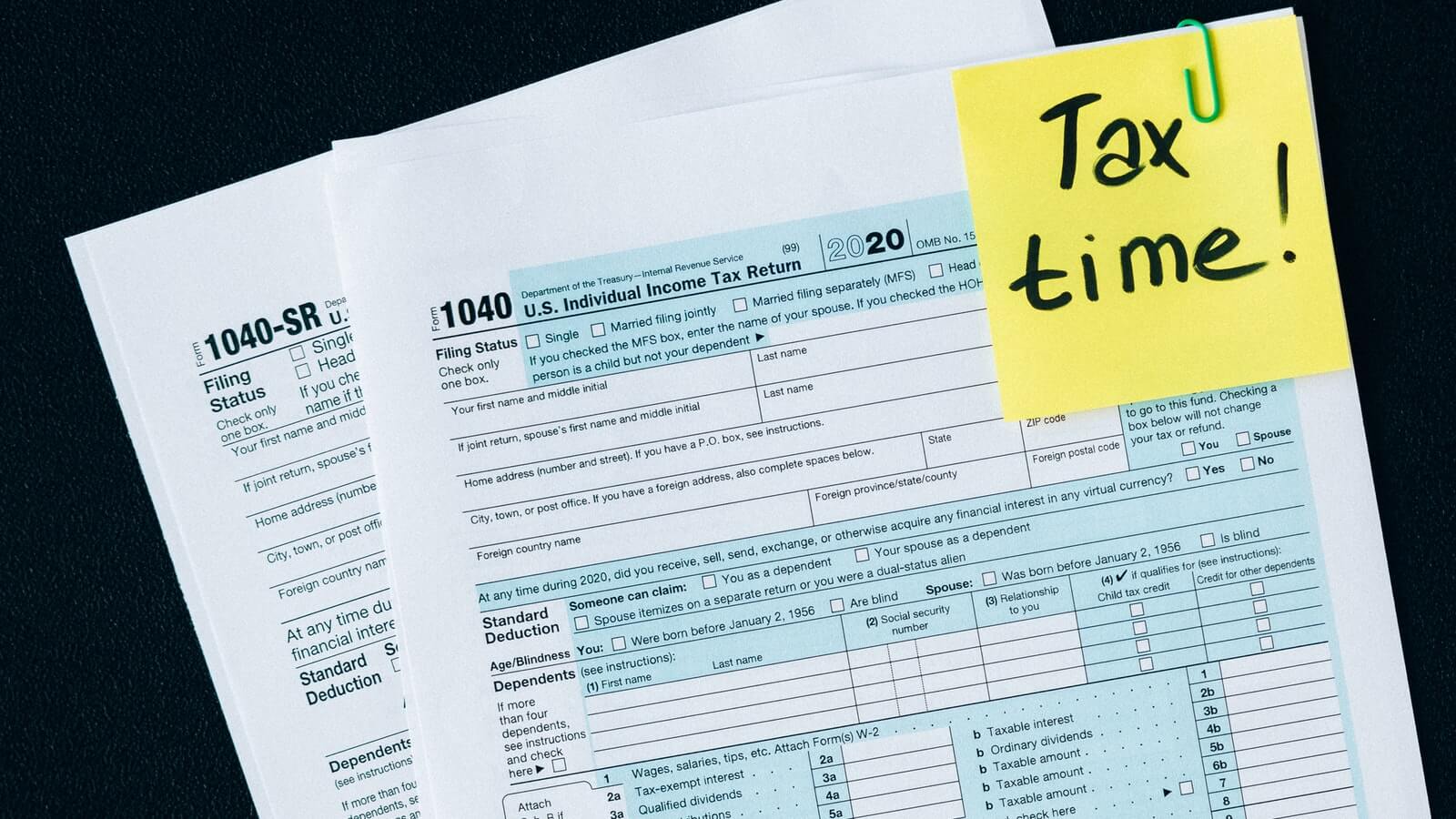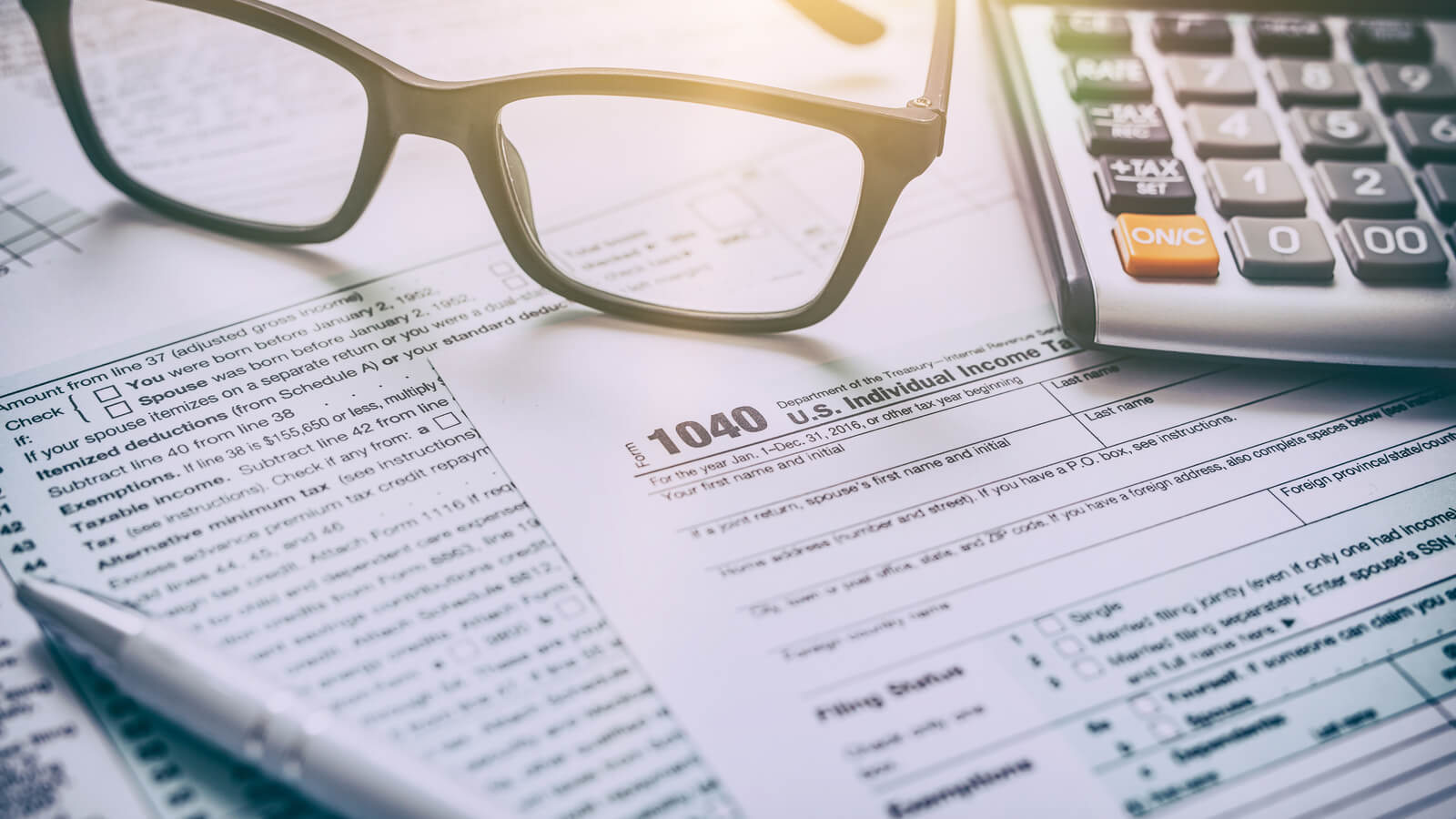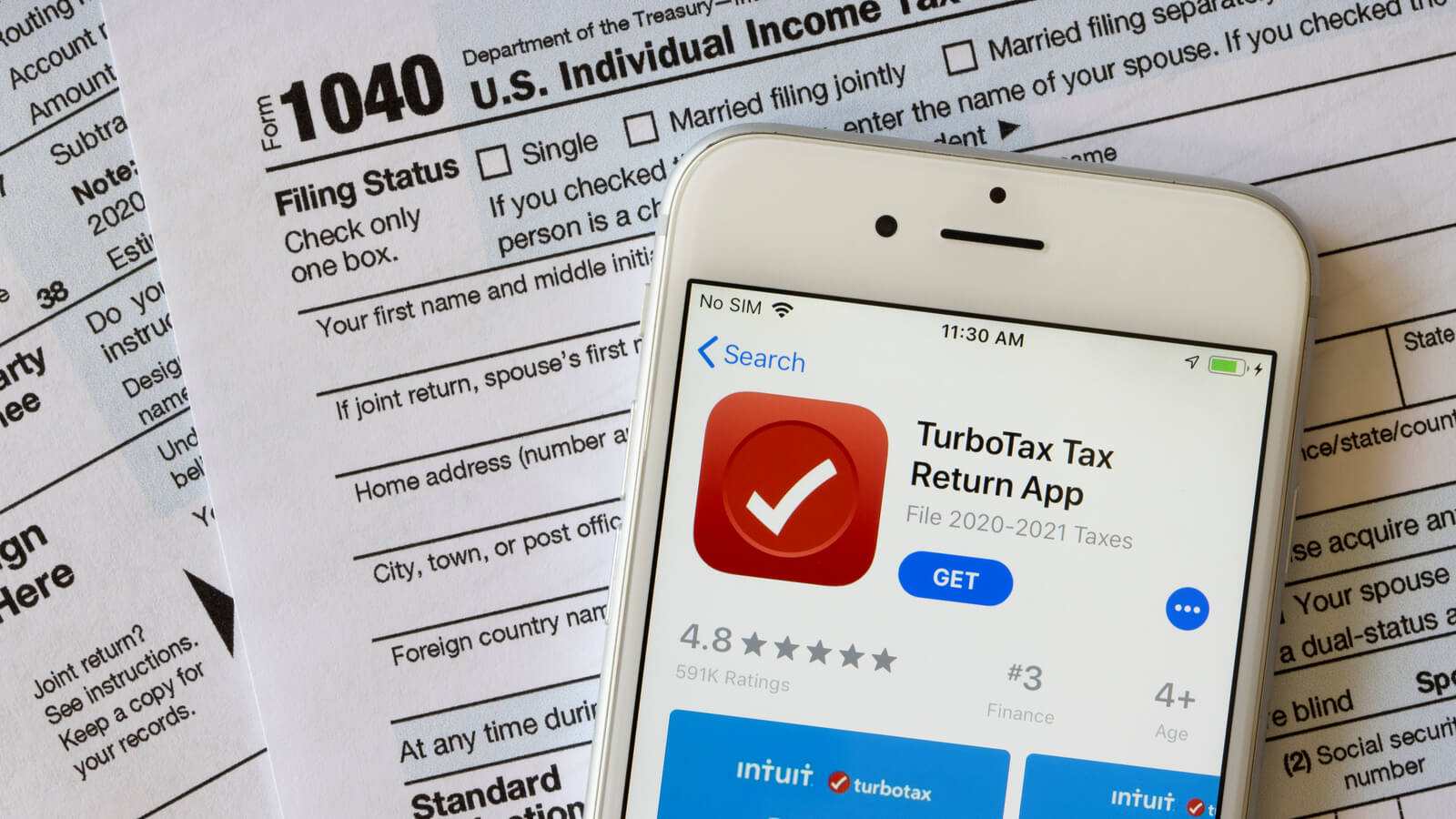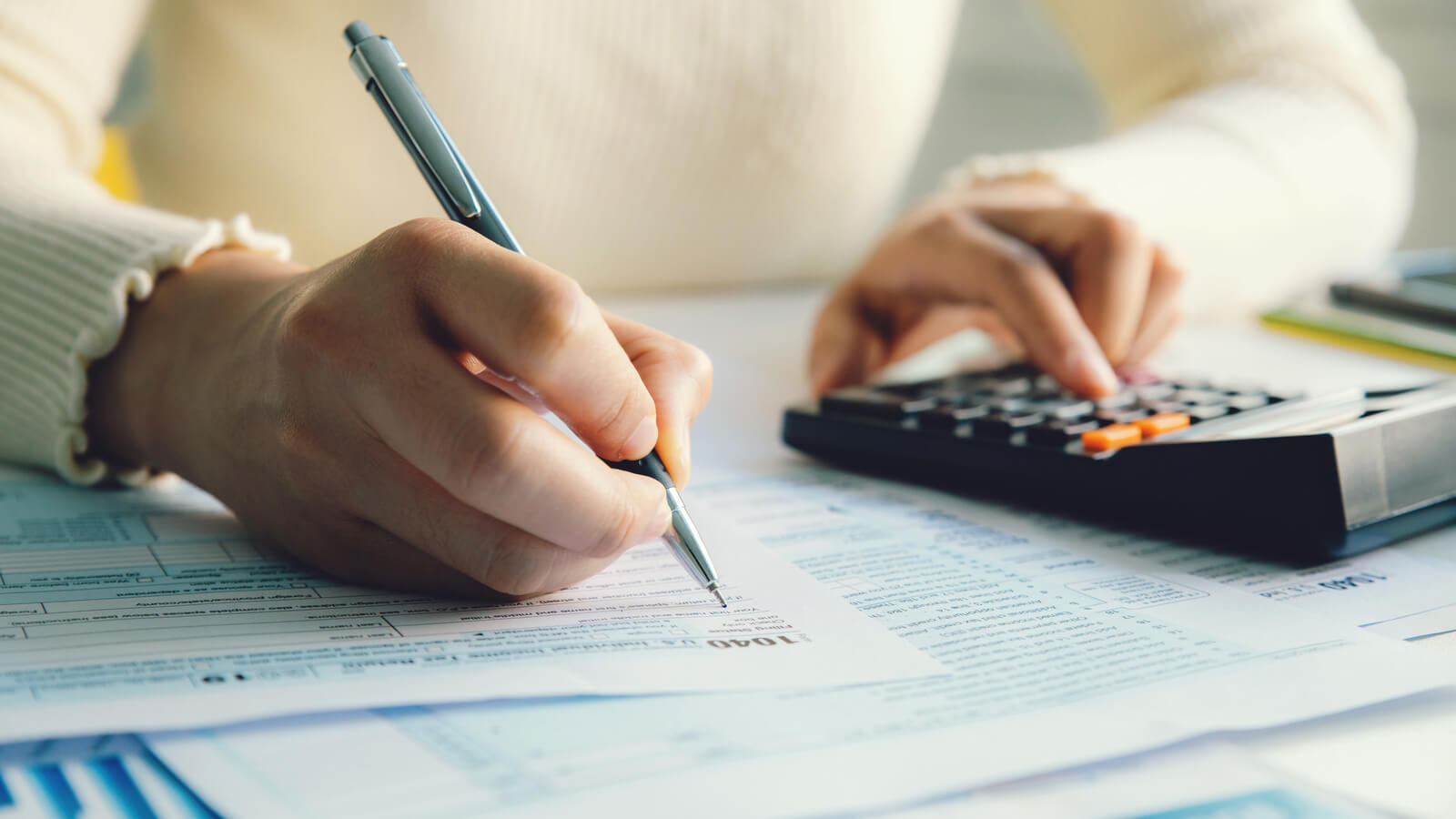Tangible personal property tax returns are due April 1 for Florida business owners. Here’s how to file it.
One of the most confusing tax returns you have to file as a Florida business owner is one that you might only ever need to file once.
As a business owner, you have to file a Florida tangible personal property tax return (DR-405), or TPP for short. However, it doesn’t work like your income tax return. You have to pay a tax that’s determined by your county’s tax collector on certain fixed assets you own.
This return is more confusing than your classic Form 1040. The biggest hurdle you’ll face is actually completing the return. You might not need to pay anything after you file it because there’s an exemption for the first $25,000 of tangible property. So the main thing you need to understand is how and when to file this return.
Who has to file a tangible personal property return in Florida?
You have to file a tangible personal property return if you’re a business owner. Even if your business isn’t registered as an LLC, you may still need to file a TPP. A good rule of thumb is if you file a business tax return, or even a Schedule C, you might also need to file a TPP. You need a TPP filed for every location you do business at, even if they’re in the same county. This also includes business owners who work from home.
When do I have to file a tangible personal property return?
You must file a TPP return for your first year of business.
If your county’s property appraiser determines you have less than $25,000 in tangible personal property, then you don’t have to pay any tax on that amount. If you still have less than $25,000 in fixed assets for the following years, you don’t have to file another return. You’ll receive a filing waiver for future years that allow you to skip filing — as long as you’re still below that threshold.
There are instances where you have to file a new TPP return even when you’re used to receiving a waiver. If you move locations or start doing business at a new location, you must file a return — even if you have less than $25,000 in property.
What is tangible personal property?
Tangible property, or fixed assets, is essentially anything you can pick up and move in your home or rental property. You might not be taxed on all of it, but you still need to report it.
Here are a few common examples of what to report:
- Frequently used items: Things you own that you frequently use for business that you can pick up. Some common examples include office tables and chairs, computers, laptops, monitors, whiteboards, tools, TVs and more.
- Vehicle equipment: If you have a vehicle that primarily functions as a tool, like a power crane, it must be reported. Generally anything you attach to your vehicle after you’ve bought it must be reported.
- Items you lease out: If leasing out items is part of your business, then you’re required to report them.
- Fully-depreciated items: You might have items in categories above that are fully-depreciated for income tax purposes. However, they still need to be reported on your TPP return.
The point of this return isn’t to report every single thing in your possession. You don’t have to report the things you can’t pick up — namely, real estate. You do have to report the things within that real estate. You also don’t have to report your personal items, as long as they aren’t a part of your business.
Here’s what not to report:
- Intangible property: Things you can’t look at and pick up. That includes real estate, money and stocks.
- Household goods: Your clothes, personal furniture, kitchen appliances and other ordinary items around your home that have nothing to do with your business.
- Vehicles: You don’t need to report any typical cars or trucks you use.
- Your business’ product: You shouldn’t include any of your business’ inventory.
How to file your tangible personal property tax return
Once you figure out what you have to report and estimate how much you’ll pay, you’re ready to file your return. As a small business owner, your CPA or tax advisor can — and should — handle this for you. But if you’re tackling DR-405 on your own, you have two ways of doing it.
How to e-file DR-405
Note: Some counties only have the option for you to paper file.
- Go to your county’s property appraiser website. You can search for your county’s site on this page. Each site should have a section on e-filing your tangible personal property return.
- Create an account or log in to the tax filing system. You need your account number or a PIN to login, depending on the county. If you don’t already have an account, follow the website’s instructions or contact the appraiser’s office.
- Follow the instructions. After you’re logged in, the site should ask you questions and navigate the rest of the process for you. The process may vary in different counties.
How to paper file DR-405
- Download DR-405. You can download a blank form from the Florida Department of Revenue that doesn’t have your county’s appraiser’s address on it. You may also be able to download a copy from your county’s site that has the sending address on it.
- Complete the form. Fill out the original installed cost, which is the amount you paid, of the applicable fixed assets on your return.
- Mail it to your county’s appraiser’s office. Once you have the appropriate address, use certified mail and return receipts to mail your return.
How is my tax calculated?
You won't know how much tax you owe until after you file your tax return.
When you file your TPP return, you fill out the original installed cost column, which is how much you paid for your assets. Your county’s property appraiser calculates the value of your assets using a complex formula and your county’s tax collector determines your tax based on that value. The method of determining the tax you owe and the value of your tangible property varies widely by county.
After your fixed assets’ value and taxes are determined, your county’s tax collector will mail you a bill if you owe anything.
The good news is you might not need to pay any taxes at all. The state gives you a freebie on the first $25,000 of your tangible personal property. That means if your total tangible property amounts to $25,000 or less, you don’t owe anything in tangible property taxes — but you do have to report it.
Most small business owners end up not paying anything because their applicable property usually rings up well below that threshold.
When is it due?
The Florida tangible personal property return is due April 1. You can also file for an extension, which must be requested by March 31.
The extension only gives you an extra month. Your new due date with an extension is May 1.
The process for filing an extension varies between different Florida counties. Orange County, for example, allows you to submit your extension request with a quick online form. Others like Brevard County require you to print out an extension form on their site and mail it to the county’s appraiser office.
Visit this page to find your county’s appraiser site so you could file an extension request correctly.
If you mail your request, be sure to use certified mail and a return receipt.
What are the penalties for not filing on time?
There are three different penalties you may face relating to your TPP tax return. To avoid them, it may be best to talk to your tax advisor about filing your return correctly and on time.
- Late filing OR failure to file penalty: You’ll face a 5 percent penalty of the total tax you owe each month your return isn’t filed, but it will only reach a max of 25 percent.
- Unlisted property penalty: You’ll face a 15 percent penalty of the tax attributed to the assets you haven’t reported.
The bottom line
Business owners in Florida don’t just need to worry about their federal tax returns. You also need to file Florida tangible personal property tax returns — which can get a little complicated.
Luckily for business owners, you don’t have to pay the first $25,000 of the tax you owe. That leaves most small business owners with no TPP tax to pay. However, you still need to file your return to qualify for that exemption — and exemptions for future years.
You don’t have to handle filing this confusing tax return alone. Schedule a free call with a DiMercurio Advisors team member to gain peace of mind your return is being filed correctly and have more to focus on the part of your business you love.








